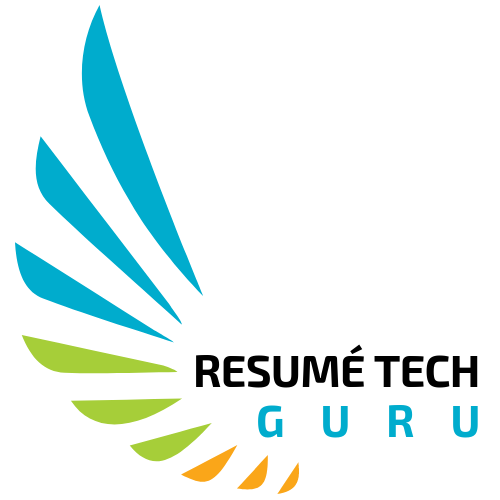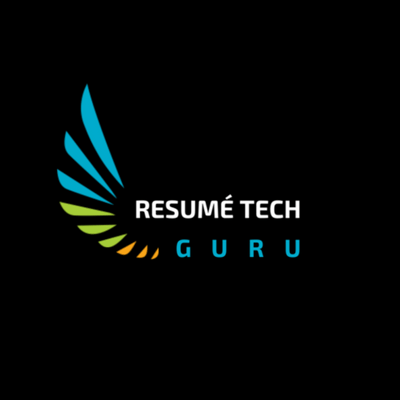Let’s talk about age.
When you’re just entering the workplace, it hinders your experience for some jobs. On the other side of the bell curve, it does impact achieving the next role.
Age Discrimination Laws
According to the 2019 US Census estimate, the US median age is 38.4 for our 328 million population. The older working-age population, ages 45 to 64, made up 26.4 percent.
Over 50 years ago, the Age Discrimination in Employment Act (the ADEA), one of the premier statutes enforced by the US Equal Employment Opportunity Commission (EEOC), was enacted.
I decided to review how this law came to be. The 1965 Wirtz Report revealed “that employers believed age impacted ability. It also found that without any factual basis or consideration of individual abilities, employers routinely barred workers in their 40s, 50s, and 60s from a wide range of jobs.” I’ve witnessed it personally for two recent Microsoft clients given abrupt endings to their 15-year tenure. Shock and dismay sum up their situations.
Executive Roles
Here’s my assertion. If you have stellar credentials or network connections (let’s face it, it’s how you land the gig) as an executive, age doesn’t necessarily tip the scales. Let me provide the context for how this appeared on my radar.
Last week a client sent me a note about a professional career transition company’s resume writer reviewed his resume. The irony was we had just collaborated on it the previous month. She felt the need to point out his 30-year career on paper would be a showstopper due to aging him out. He wanted to know my thoughts. I believe it’s situation-specific and felt his foundation with meteoric rise was an integral part of his personal brand.
Regardless of your political affinity, we have not one but two candidates in their 70’s. Have people pointed it out? Heck yes. Did it change them, narrowing the field of all the other “youngsters”? Nope.
I contend that if you are an executive, it takes longer to obtain your next role, anywhere from 3 months to 1 year. It takes perseverance and effort. There are several factors:
- Job Pool: Let’s be clear; with any company, there’s only perhaps 5 on the leadership team, whether a startup or Fortune 2000, with 40,000 employees. It’s a number game with overlaying factors such as geography, industry, and seasonal aspects.
- Compensation Requirements: It depends on the industry, but most tech executives I work with expect anywhere from $450,000 to $2 million in total compensation. Beyond salary, there are annual and long-term incentives, benefits, perquisites, and severance agreements. According to salary.com, the average September 2020 Top Division IT Executive salary range in Washington state falls between $241,935 and $342,767.
- Mission: The majority of my clients are in their 40s. It stands to reason that they are at a crossroads about the next step in their career path. A critical concept that pops up is making an impact after being stuck in a stagnant role or inability to advance within the organization.
- Passion: Just this past week, a new client is on sabbatical after 4 years at Amazon. Why? He was burnt out with the pace of work there. Further, he mentioned the past 20 years, of what on paper looked quite impressive, wasn’t his passion. Imagine working for two decades and not enjoying it?
- Resources: Most executive positions are not posted. They are part of the hidden job market. Large companies engage in executive recruiters who will seek you out. If you don’t know what’s available, it’s a challenge to get ahead.
Increasing Your Odds
In the past six months, I’ve had clients from startups, Fortune 500 (Accenture, Amazon, Microsoft), and multinational companies (HCL Technologies, SAP) who all have similar gaps for relevance outside their existing companies.
How to fix it? Here’s what I have recommended:
- Thought Leadership: Start a blog. It’s simple to have a personal website. Your content can readily be re-purposed to industry forums, LinkedIn, Twitter, or as a contributor to a tech blog.
- Join Professional Association: Besides a great networking opportunity, associations allow you to have leadership roles.
- Board Membership: Compensated and volunteer opportunities seeking tech expertise exist. Giving back is a fantastic way to show your altruism and EQ.
- Mentorship: If you don’t have one, find a mentor, whether inside your organization or outside. By the way, there’s no limit. I have three mentors for different aspects of my consulting practice.
Here’s to landing your dream job, despite your age. You deserve it!



